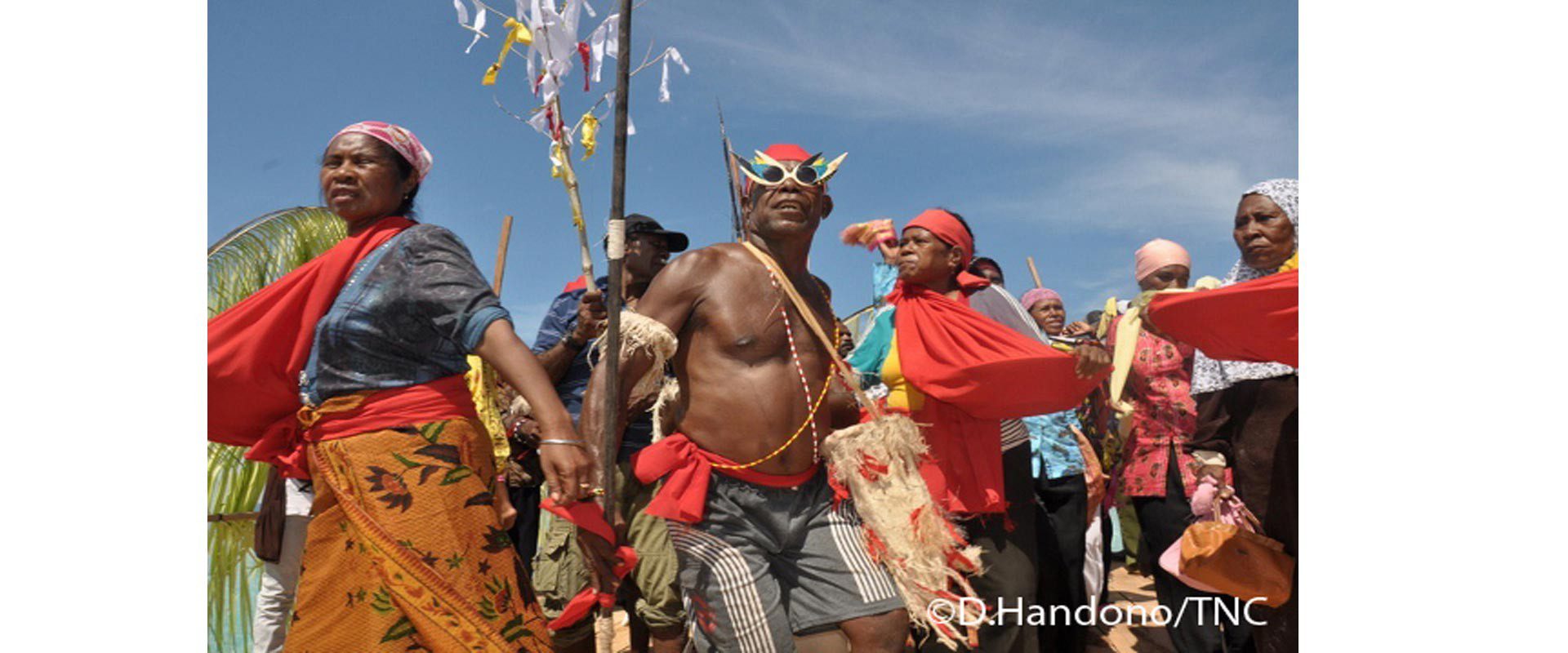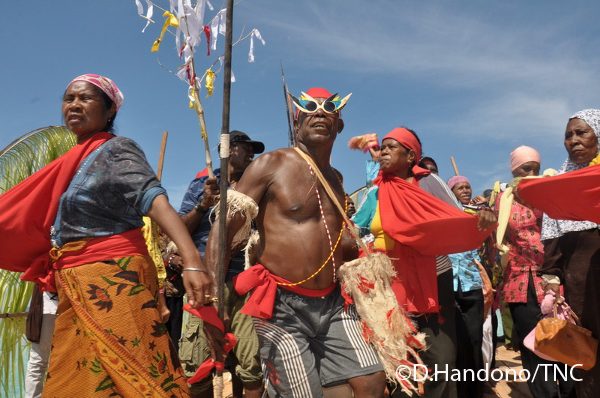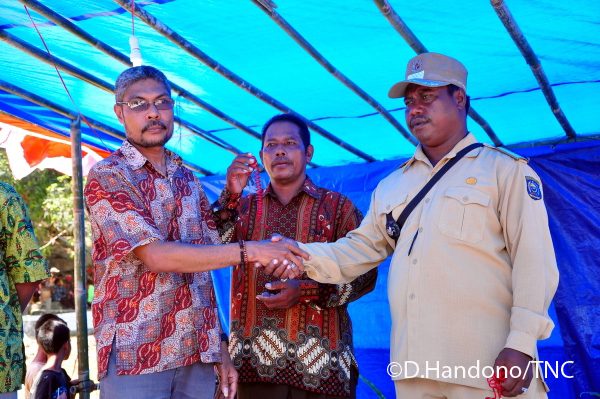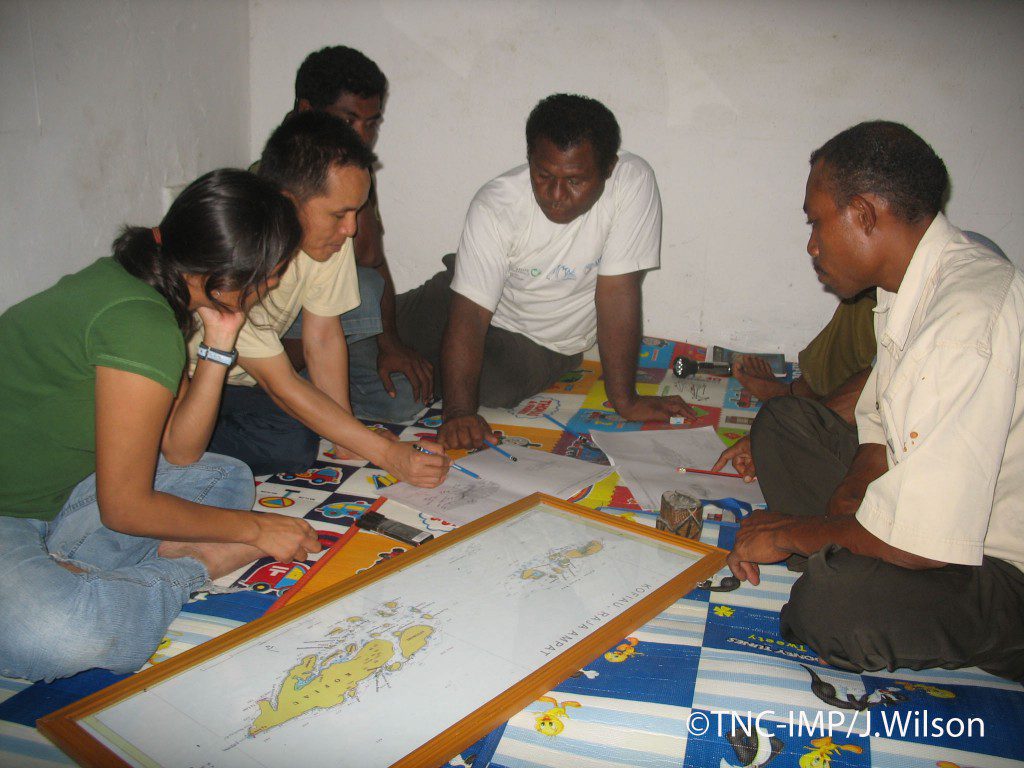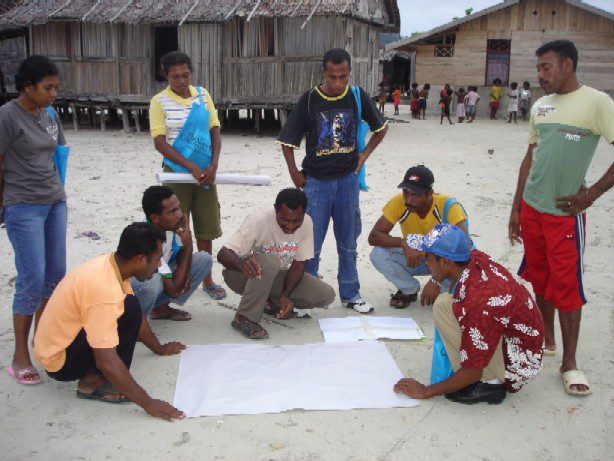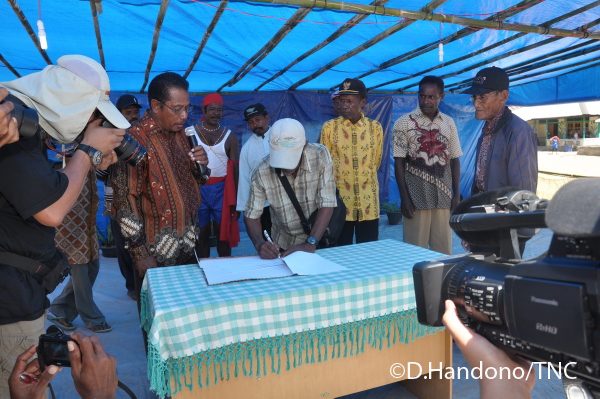Incorporating community aspirations into MPA planning in the global centre of marine biodiversity by Sangeeta Mangubhai
Incorporating community aspirations into MPA planning in the global centre of marine biodiversity
By Sangeeta Mangubhai
Overexploitation of coastal resources is causing irrevocable changes in the structure and functions of our coasts and oceans. As the interface between human and nature resource systems become more complex, we need more integrated and inclusive forms of management that incorporate ecological, economic, social and governance factors to effectively resolve issues of unsustainable use.
This is particularly so in developing countries where communities are directly dependent on nature for basic life functions. Rapid human growth and increased poverty in countries like Indonesia make it imperative to consider how any management action to achieve conservation of natural resources will affect basic human needs and survival. Conservation can often be in conflict with community or government development goals and aspirations, especially if local and national economies rely heavily on revenues generated by the harvesting and exploitation of natural resources. Under these socioeconomic conditions utilitarian arguments for conservation fail to resonate with communities and lead to lack of compliance with management rules and regulations, particularly if they created are top down.
Addressing community issues, needs and aspirations are critical for the success of marine protected areas (MPAs), and you would be hard pressed to find even the most avid of biologists disagreeing with this statement. In the case of Raja Ampat, socioeconomic considerations had a strong influence on the declaration of the MPA network and the design of the final zoning plans for the six MPAs.
Lukas Rumetna, a Western Papuan leader and the manager for TNC’s program in the Bird’s Head Seascape explained that “communities were generally more receptive to changes to zoning and developing management plans once their primary priorities like food security and fisheries livelihoods were addressed. As the consultation process evolved, communities also understood the trade-offs they were making as they suggested changes to the size, location and boundaries of zones in MPAs in Raja Ampat.”
A recent paper by scientists and conservation practitioners at The Nature Conservancy that captures the steps and processes of doing community zoning, concluded that conservation planning tools were not yet fully able to represent important information on socioeconomic factors. This is because of the reliance of conservation planning tools on spatial data which is better suited to ecological rather than socioeconomic information. Simply put, socioeconomic data is hard to show spatially on a map. Therefore, the integration of socioeconomic criteria and data requires more diverse approaches that traditional conservation planning, that is not captured in academia.
By explicitly including socioeconomic criteria and data into MPA zoning, the final zoning plans recognize community use and governance of resources, maximize equity and access to traditional fishing grounds, and better support long-term food security and livelihoods of local communities. Beyond Indonesia, or Melanesian contexts, the steps and process described in the paper can be used by MPA managers and conservation practitioners to better incorporate socioeconomic considerations into MPA zoning plans and systematic marine conservation planning.
For a copy of the paper contact Dr. Sangeeta Mangubhai – smangubhai@wcs.org
Sangeeta Mangubhai, Ph.D.
Director, Fiji Country Program
Wildlife Conservation Society





































